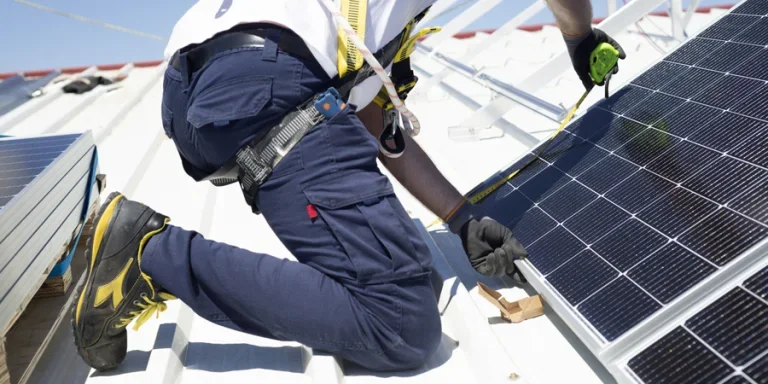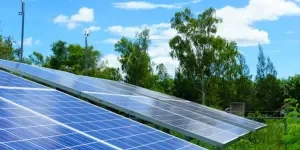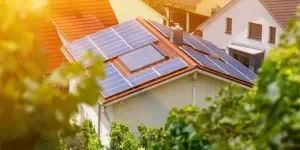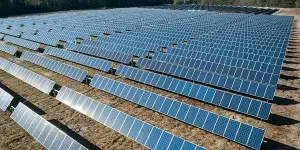- CPIA sees Chinese solar PV capacity growing at the same level as 2023 in 2024
- Land constraints and grid capacity challenges will impact newer additions
- The industry is likely to suffer the effects of overcapacity and low prices
- Global solar PV installations are likely to expand to between 390 GW and 430 GW
The China Photovoltaic Industry Association (CPIA) forecasts the Chinese solar PV installation spree to slow down in 2024 to between 190 GW AC to 220 GW AC, after the country reported a strong annual increase of over 147% in 2023.
This will contribute to the global PV additions that it predicts to range from 390 GW to 430 GW. The year will see 53 markets reaching the GW level, up from 39 markets in 2023.
According to the National Energy Administration (NEA), China’s annual solar PV capacity additions in 2023 were 216.30 GW AC. This comprises 120.01 GW AC of centralized PV power stations and 96.28 GW AC of distributed PV projects. Residential solar installations accounted for 43.48 GW AC of the distributed PV capacity.
Cumulatively, the country reached 608.9 GW AC capacity, divided between 354.48 GW AC centralized and 254.43 GW AC distributed projects. Of the latter, residential solar grew to 115.79 GW AC at the end of 2023.
Speaking at its annual conference on the 2023 PV development review, CPIA Honorary Chairman Wang Bohua discussed the association’s outlook for the year 2024, which is not as strong as the last year.
Record-low module prices along with post-pandemic appetite for solar were big reasons for the growth of solar PV installations last year.
This year, however, the association expects the annual growth to slow to between 190 GW AC under a conservative and 220 GW AC under an optimistic scenario. Even beyond 2024, the annual growth will not be as monumental as in 2023. In 2025, it will range between 205 GW AC and 237 GW AC.
Challenges related to grid connections and the lack of sufficient storage capacity are leading to the curtailment of solar power in the country. Overcapacity in the industry is another concern that’s likely to negatively impact manufacturers as the industry continues to face land and water use concerns for solar projects. CPIA also cites unclear revenue models for PV power generation, increasing costs for energy storage and other components as the problem areas for the industry.
CPIA also shared that several companies, including those listed, have either terminated or postponed their production capacity expansion plans in view of the global industry environment. Among some of the projects that have been delayed are EGing PV’s 10 GW TOPCon cell facility and Daqo New Energy’s 100,000-ton Baotou phase II high-purity polysilicon facility.
Even project construction activity is likely to be hit following ‘blind’ investment promotion by some local governments. The PV industry is expected to see an acceleration in the survival of the fittest going forward, says the association.
Companies should be wary of winning bids at low prices and pay attention to their ability to supply and also ensure quality, recommended the association.
Reflecting on the global solar PV capacity growth, CPIA said the global renewable energy installations are aimed to triple to 11 TW by 2030, according to the agreement reached at COP28. It will entail 5,457 GW of solar PV capacity, that will increase from 1,055 GW in 2022, an average of 550 GW annually from 2023 to 2030.
S&P Global Commodity Insights recently pegged Mainland China’s 2023 installations at 239 GW DC, and forecasts 2024 additions at 228 GW DC. Echoing the CPIA views, S&P analysts also point at the slow speed of grid infrastructure investment and build-out as not matching the growth of renewable energy in the country. It will, however, continue to grow thanks to the government’s clean energy ambitions.
“The government seeks to both accelerate low-emission power generation and sustain mainland China as the global PV manufacturing hub. The outlook is underpinned by large schemes, such as the renewable mega bases, combined with regional support and quickly falling system prices. As manufacturing capacity growth outpaces PV demand growth in overseas market, demand in mainland China is key to upholding a supply-demand balance,” explained S&P.
Source from Taiyang News
Disclaimer: The information set forth above is provided by Taiyang News independently of Alibaba.com. Alibaba.com makes no representation and warranties as to the quality and reliability of the seller and products.




